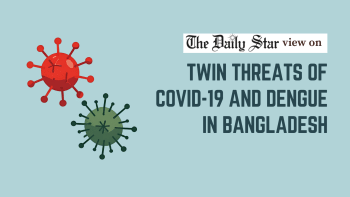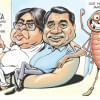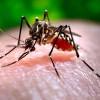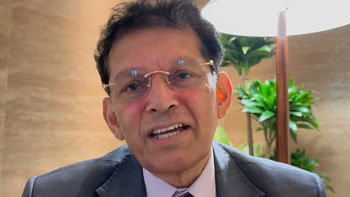Are we looking at a triple health crisis?

It was only the other day that we commented on the simultaneous resurgence of coronavirus and dengue, warning how their potential outbreaks at the community level could have devastating effects. As our previous experience shows, Bangladesh is simply unable to handle the convergence of such infectious diseases due to poor public awareness as well as inadequate testing and treatment facilities. Against this backdrop, it is extremely concerning to learn of the resurgence of another infectious disease, chikungunya, which, like dengue, is also mosquito-borne. The emergence of these diseases in close succession threatens to overwhelm an already strained healthcare system, requiring proper interventions.
Chikungunya still seems restricted to urban areas, particularly in Dhaka, but the current trend indicates it may increase in numbers and spread to other areas. This is partly because of the just-concluded Eid holiday during which millions of people travelled across the country, increasing the risks of a silent community transmission. To ensure the disease does not spread unchecked or undetected, it is vital that the authorities act swiftly. First, there must be an effective surveillance mechanism for chikungunya nationwide, especially in high-risk areas. Diagnostic facilities should also be made available beyond Dhaka so that cases can be identified early and treated properly.
Chikungunya, however, has yet to reach the level of the other two diseases. According to a report citing data from the Institute of Epidemiology, Disease Control and Research (IEDCR), from January 1 to May 28, at least 337 suspected chikungunya cases were reported in Dhaka. As well as adding to the burden on the healthcare system, one additional problem with chikungunya is that it shares many clinical features with dengue, thus complicating or delaying diagnosis and treatment. Moreover, given the absence of a routine national surveillance system for chikungunya and limited diagnostic capacity in the country, the IEDCR has acknowledged that the numbers it reported may not convey the actual scale of infections.
Chikungunya still seems restricted to urban areas, particularly in Dhaka, but the current trend indicates it may increase in numbers and spread to other areas. This is partly because of the just-concluded Eid holiday during which millions of people travelled across the country, increasing the risks of a silent community transmission. To ensure the disease does not spread unchecked or undetected, it is vital that the authorities act swiftly. First, there must be an effective surveillance mechanism for chikungunya nationwide, especially in high-risk areas. Diagnostic facilities should also be made available beyond Dhaka so that cases can be identified early and treated properly. Public health messaging—now focusing on Covid and dengue—should also include chikungunya, particularly its symptoms and preventive measures. As experts have told The Daily Star, forming a tiered system—comprising primary, secondary, and tertiary levels of care—is also essential to ensure the health system does not get too overwhelmed.
Our reactive approach to public health threats has cost us dearly in the past. With three viral diseases now emerging simultaneously, we can ill-afford such an approach now. We, therefore, urge the authorities to treat the triple threat of Covid-19, dengue, and chikungunya as a single, interconnected health emergency and ensure prompt and coordinated interventions.

 For all latest news, follow The Daily Star's Google News channel.
For all latest news, follow The Daily Star's Google News channel. 






Comments